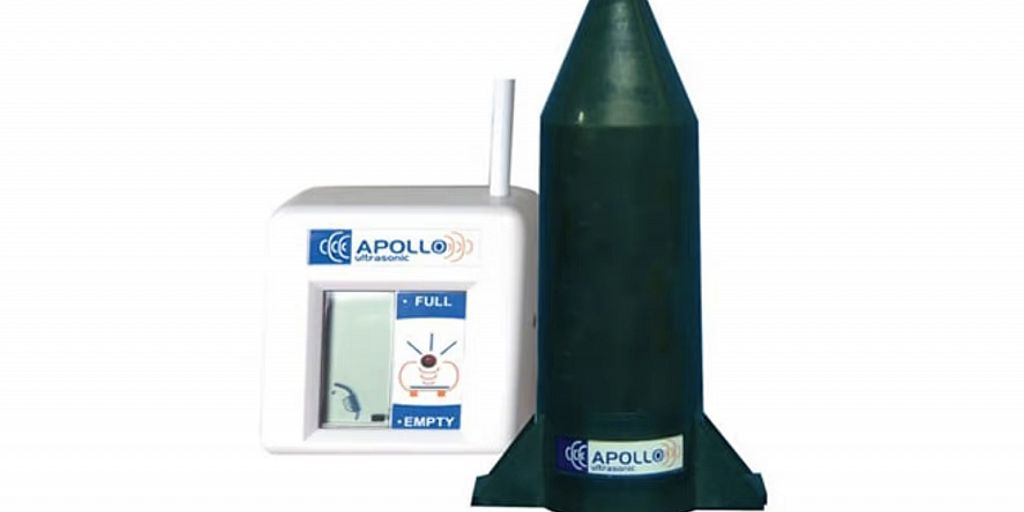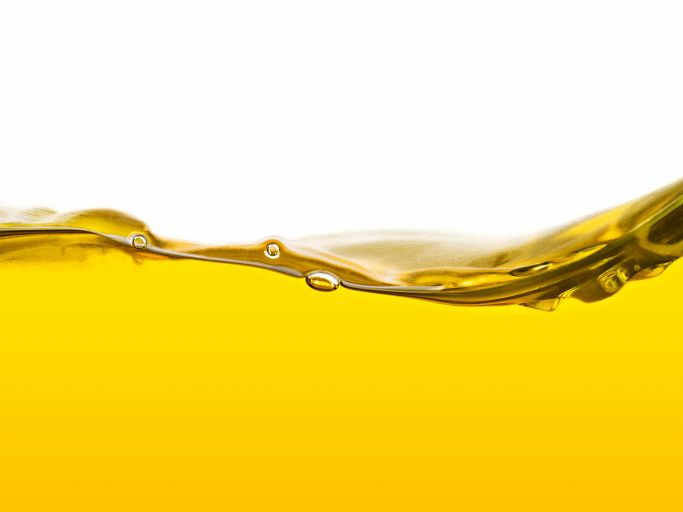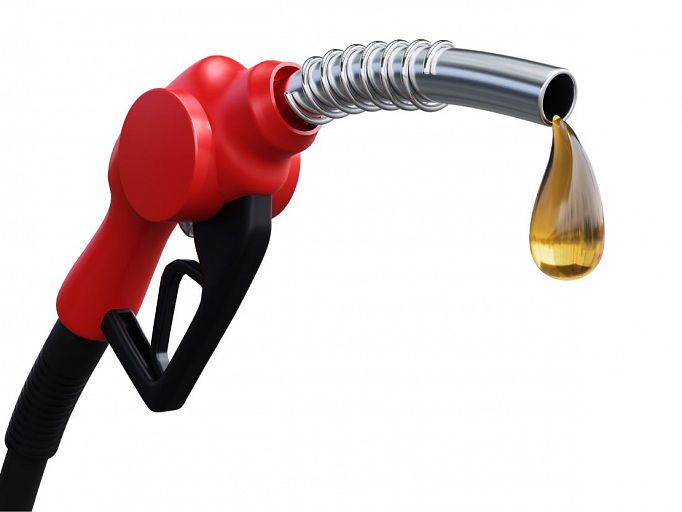Home / Blog / tank accessories / The Ultimate: Tank Gauges Guide
The Ultimate: Tank Gauges Guide
15th September 2022 in tank accessories

What is a tank gauge?
A tank gauge is an essential piece of equipment used to measure the fluid inside a large tank. Ultimately, some gauges are cheaper than others whilst some are more accurate. This guide will explain how different types of tank gauges work and help you decide which one may be best for you.
There are four main types of tank gauge:
1. Sight gauges
A sight gauge is a small tube that connects to the base of the tank in line with the feed pipe. The tube, usually made from PVC, is clear to allow a reading to be made. Simply operate the ‘pull to read’ or ‘push’ button to open the valve. When opened, the oil will travel up the tube to the level of the contents inside the tank. This is a great way to gain an instant reading and this type of gauge is usually found on older agricultural or commercial tanks. It’s also found on some domestic tanks – however sight gauges are no longer used on new bunded tanks and should not be used on new installations (according to OFTEC). Here at Tanks R Us, our currently discounted Gem Sight Level Gauge is simple to use, allowing quick measurements and easy cleaning. Due to the gauge’s isolation valve, it can be cleaned without the need to drain the tank first – a process which can be wasteful and time consuming.
2. Float gauges
A great cost-effective option is a float gauge. The gauge, which sits on top of the tank, is connected to a float which hangs below by a string. The float goes up and down according to the level of oil in the tank. The string is wound around the dial on the gauge, which turns as the oil levels change. We have a choice of two float gauges here at Tanks R Us. Our MTF 2000 float gauge has a mechanical display which clearly indicates the fuel level as a percentage, and can be installed in any tank between 900mm and 2000mm high. If you’re looking to spend less, we also stock the MT Profil float gauge, which is available in a number of sizes from 1’6 to 8’0 according to tank height. Float gauges are great for all tank types.
3. Electronic gauges
Using more advanced technology, electronic gauges can be wireless and connected to a personal device such as a mobile phone or tablet. These tank gauges detect the level of the oil below the gauge using a sonic radar – specifically measuring the time taken for a sound wave to be reflected from the oil below. Often used in domestic oil tanks, the transmitter is fitted on top of the tank, and the receiver which gives the reading can be situated up to 200 metres away. This means that you can take readings in the comfort of your own home. Our Watchman Sonic oil tank gauge is a valuable tool for any tank owner. Without having to be at the site of the tank, the receiver displays ten individual bars each representing 10% of the oil level – this allows careful monitoring and sufficient warning that levels are running low.
4. Hydrostatic gauges
Hydrostatic gauges are often used on commercial sites because they are highly accurate and can operate without power. Using a small hand pump, air is pumped into the probe inside the tank. Once air has been pumped inside the probe, it will measure the pressure at the level of fuel in the tank - this will then display a reading shown as a percentage. We stock a number of hydrostatic gauges. A cost-effective option is the Unitel Hydrostatic gauge, which can be used with tanks between 900mm and 3m high. The Unitop version operates in the same way but this time to a 1% greater accuracy, which would make a particularly good choice for a commercial or agricultural tank.
5. Which is best?
Whilst all types of tank gauge are well-functioning devices, your choice may come down to the type of oil tank you have (whether commercial or domestic), as well as other important factors such as price, accuracy and ease of use. If simplicity is the top of your list, perhaps a sight or float gauge would be best - however, you cannot beat an electronic gauge for convenience. Hydrostatic gauges can also be used without power whilst being among the most accurate.
If you’re still unsure which type would be best for you, don’t hesitate to contact us today, we’d be more than happy to assist you.
One of the largest selections of tanks in the UK
Chat online or call us today on 01469 531229
Related Products
More Articles

HVO - The Potential Solution For A Sustainable Future
15th March 2023 in tank accessories

Tank Hire: An Introduction and Case Study
3rd October 2023 in oil

The Ultimate: Tank Gauges Guide
15th September 2022 in tank accessories

Fuel System Accessories: Our Top Choices
13th December 2023 in diesel & fuel